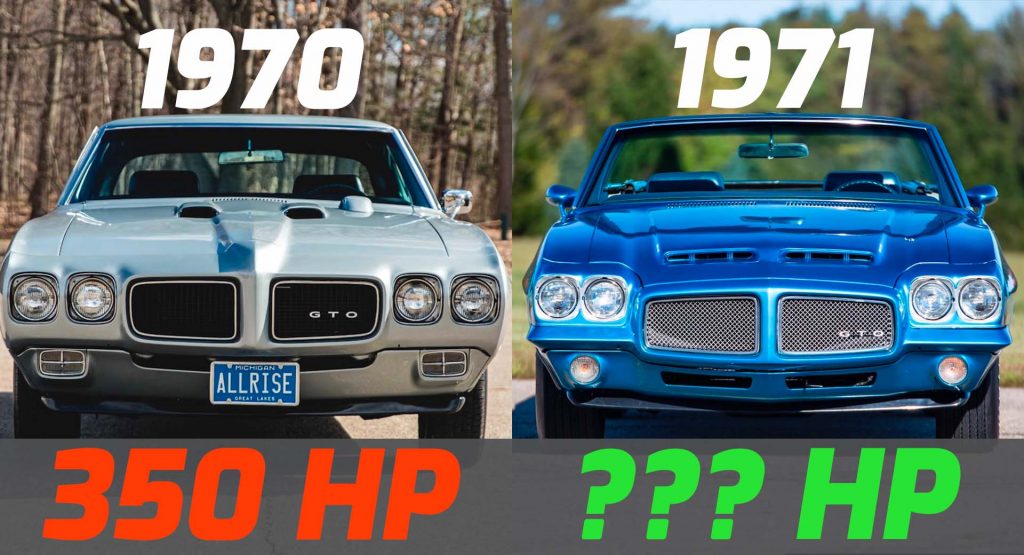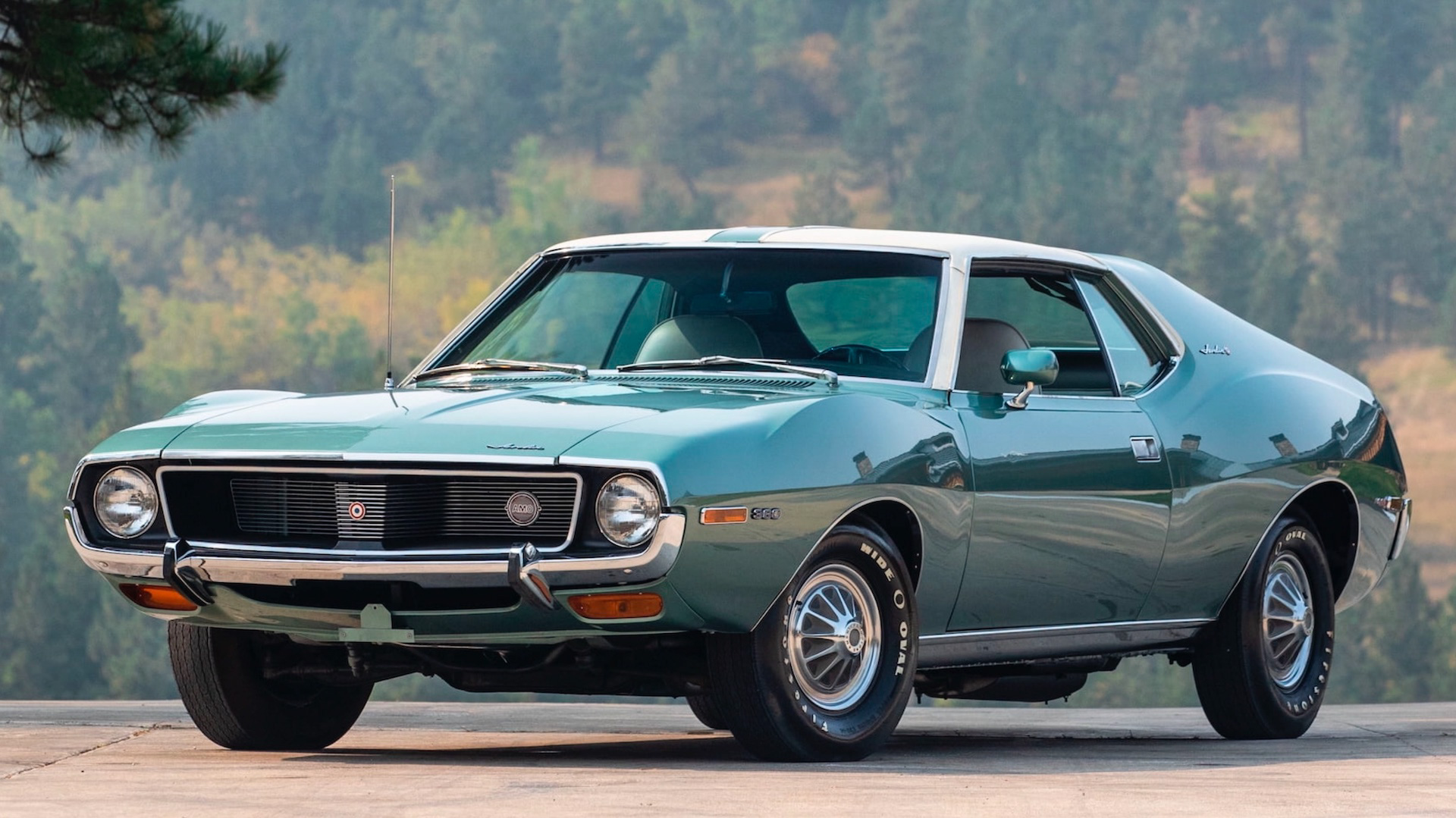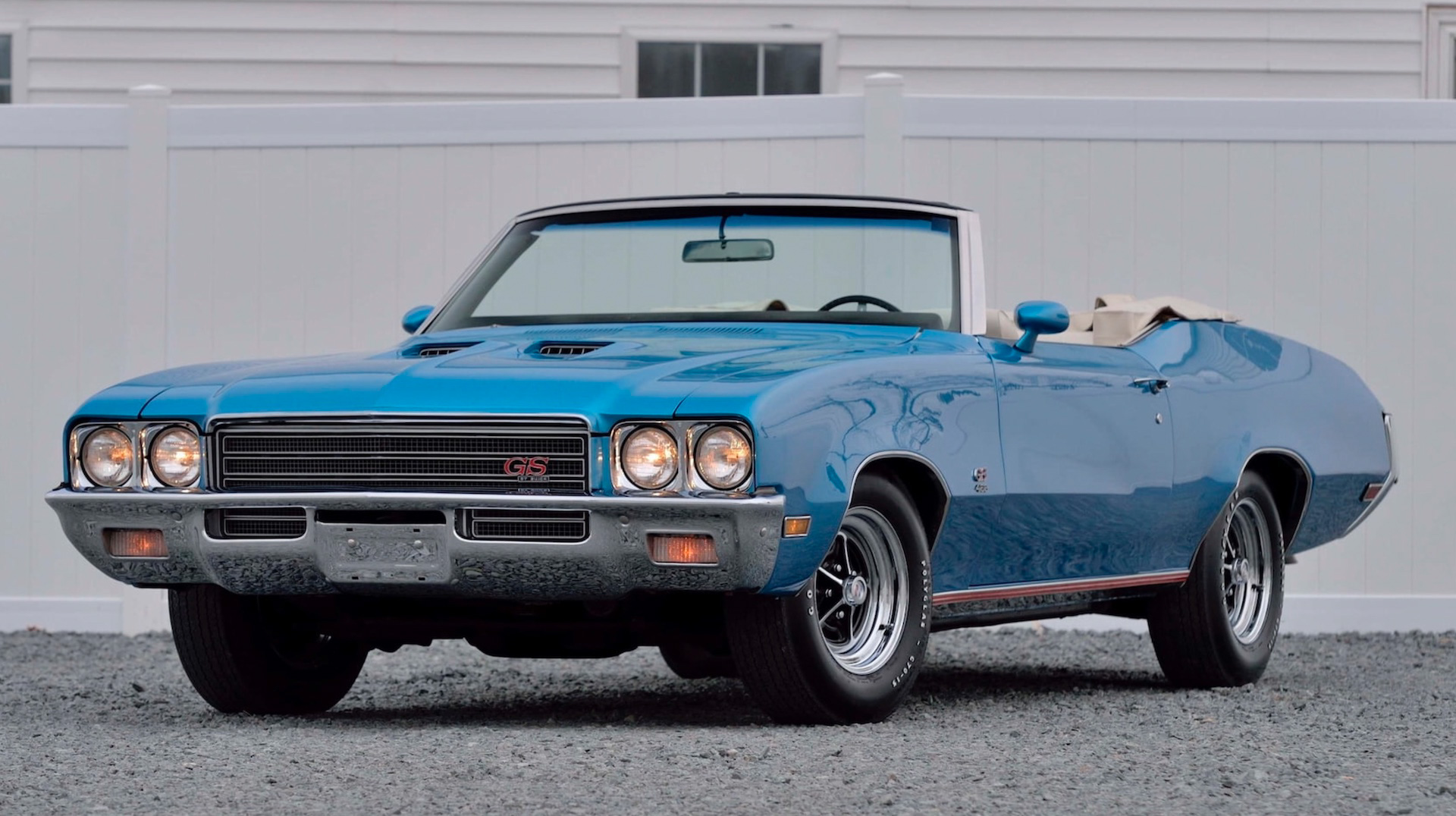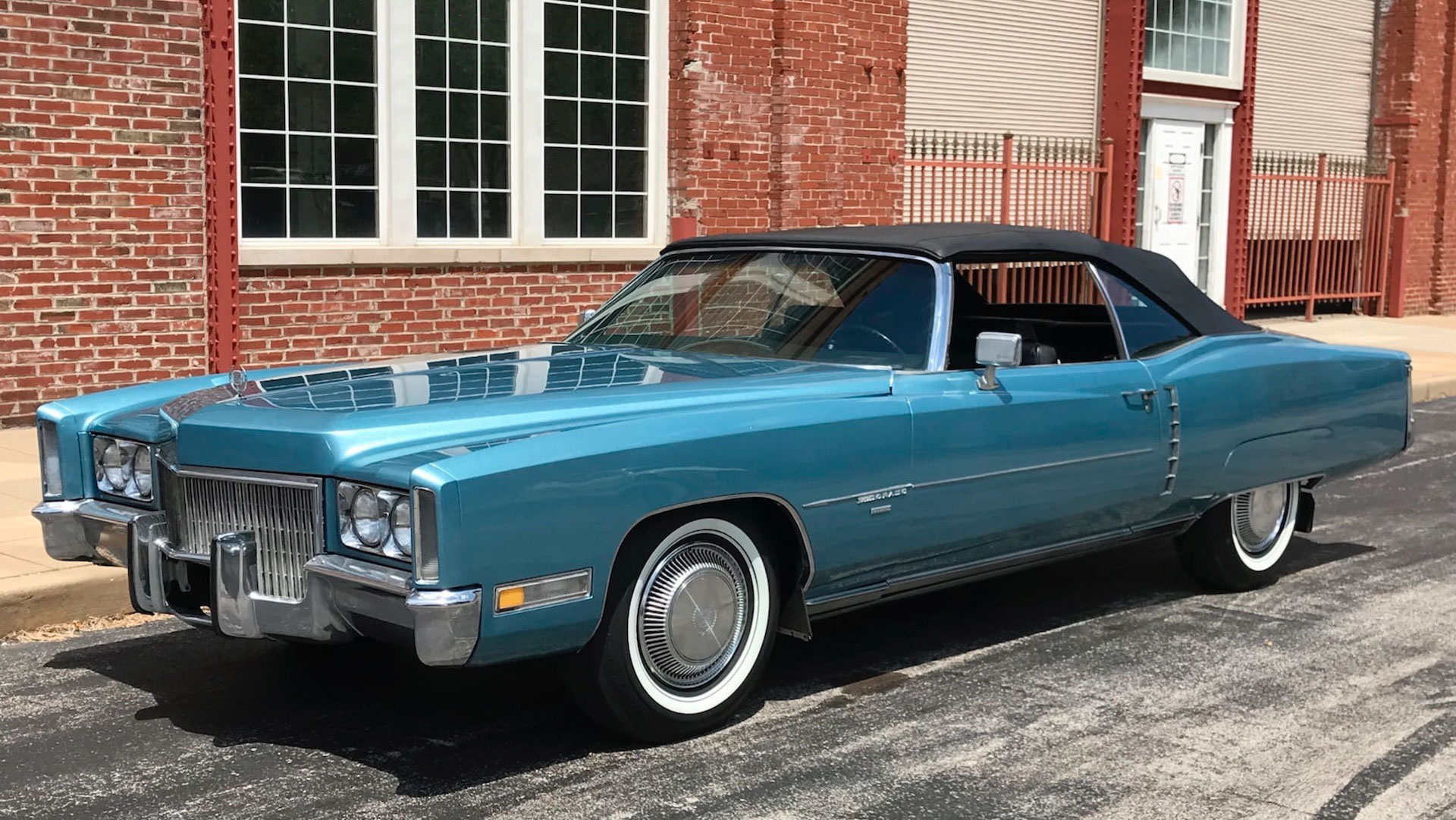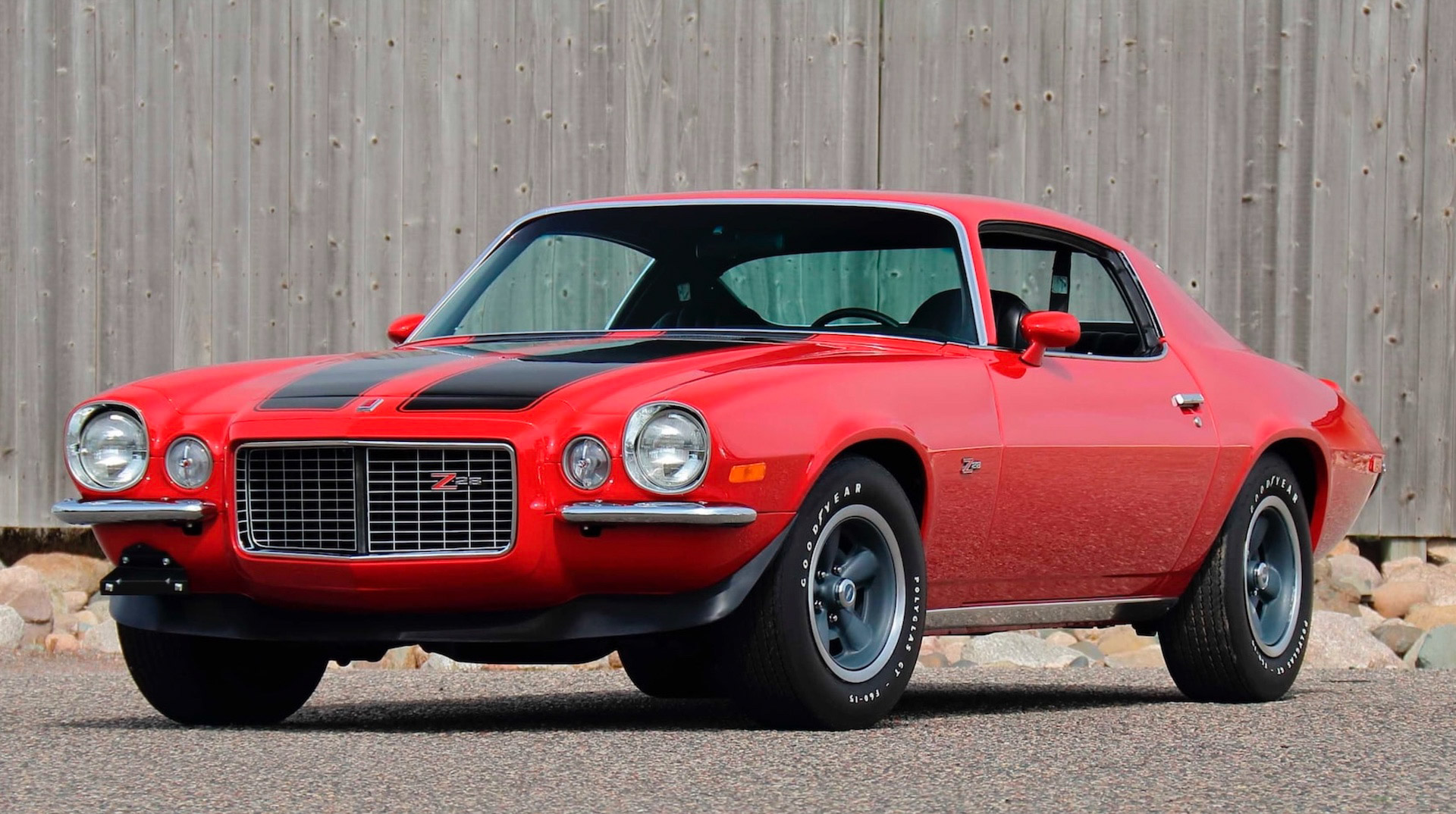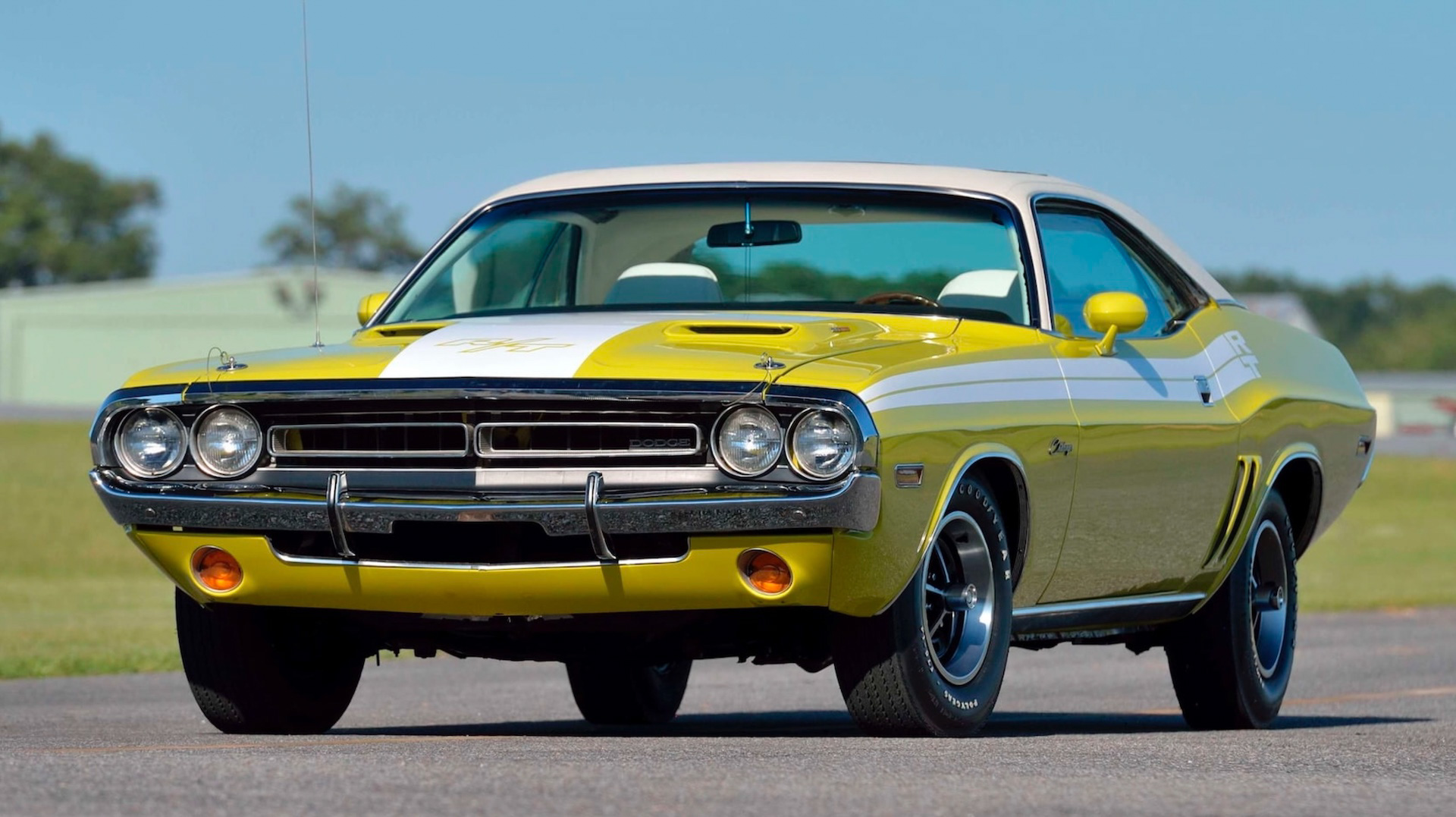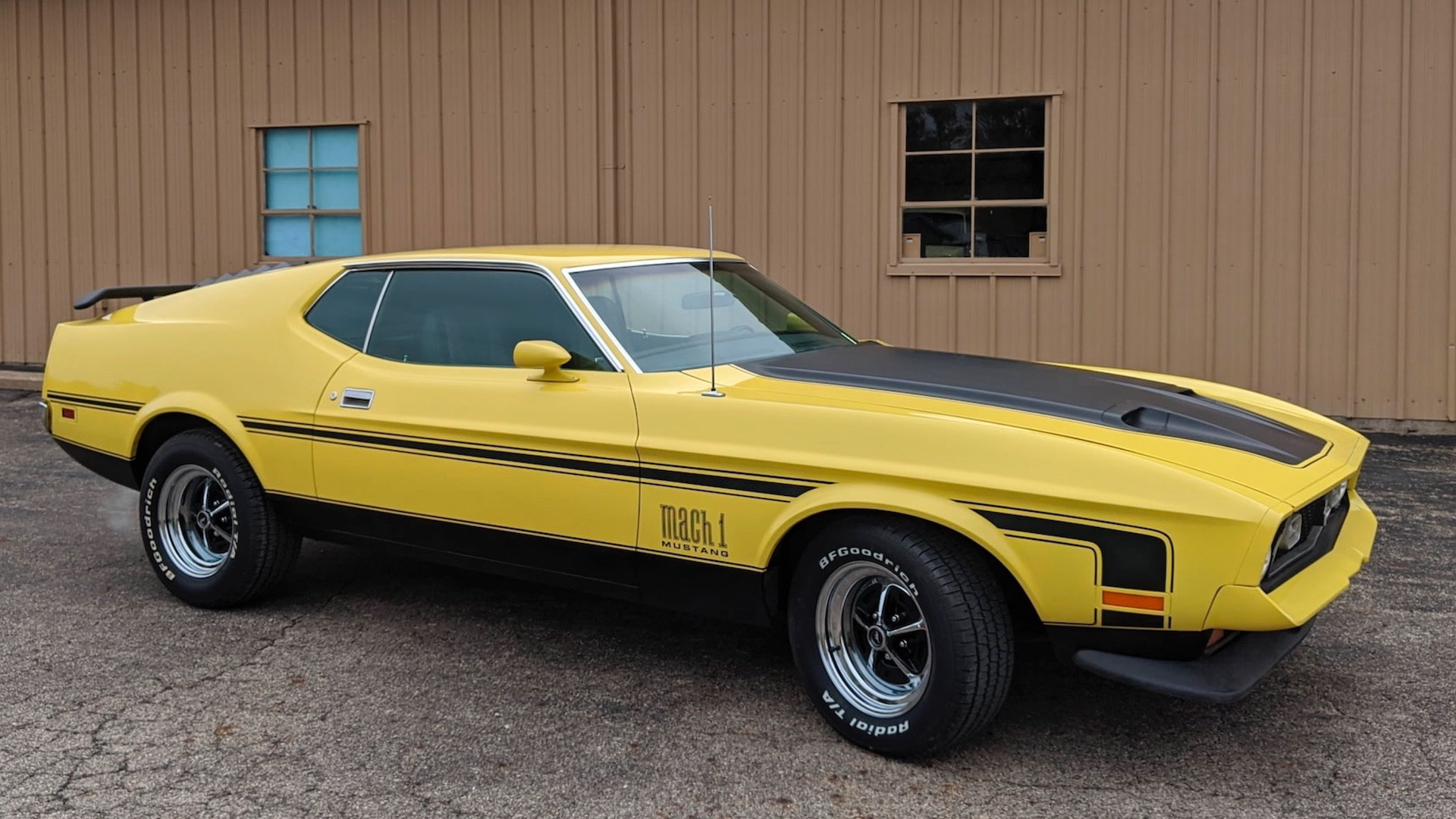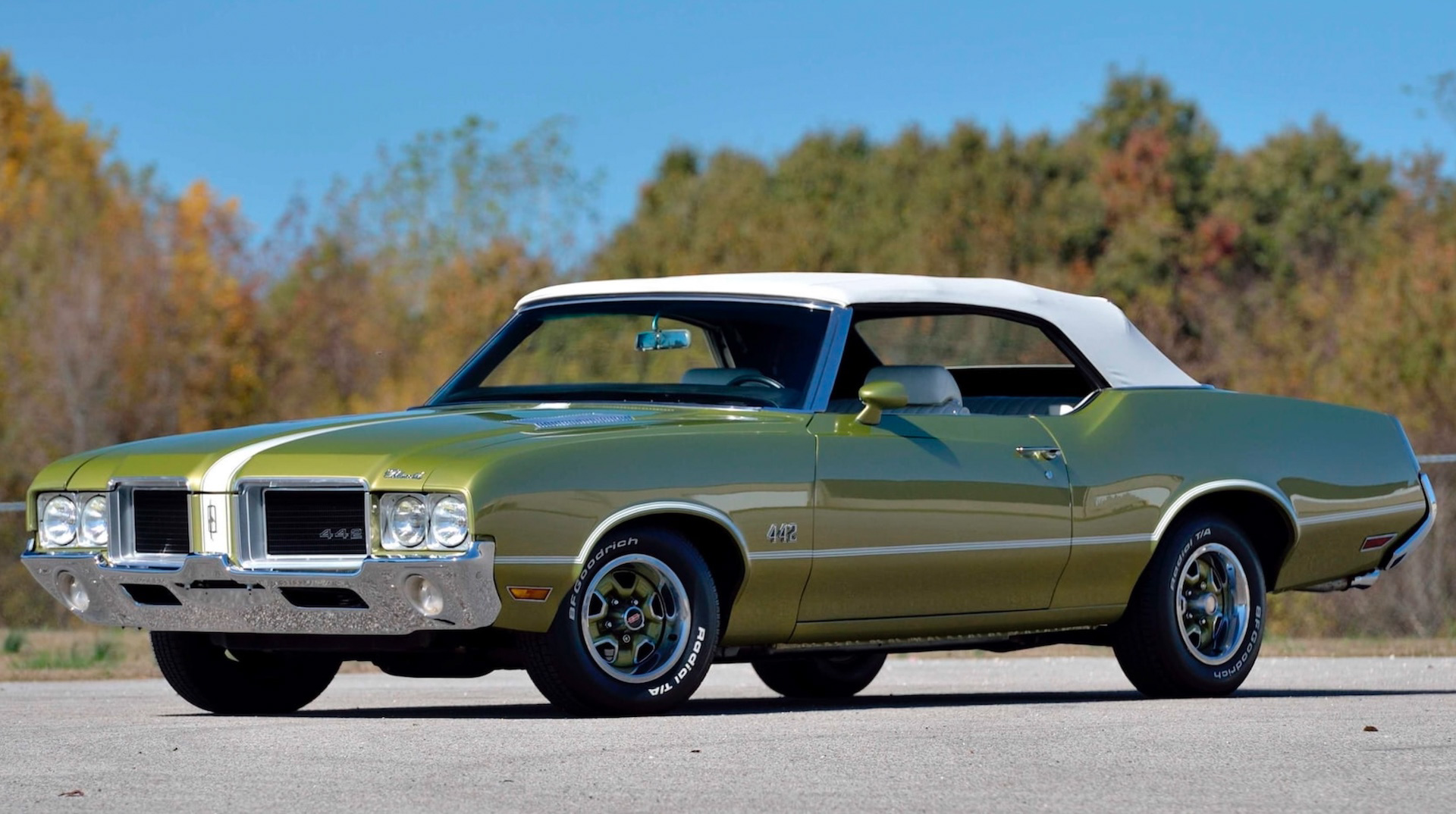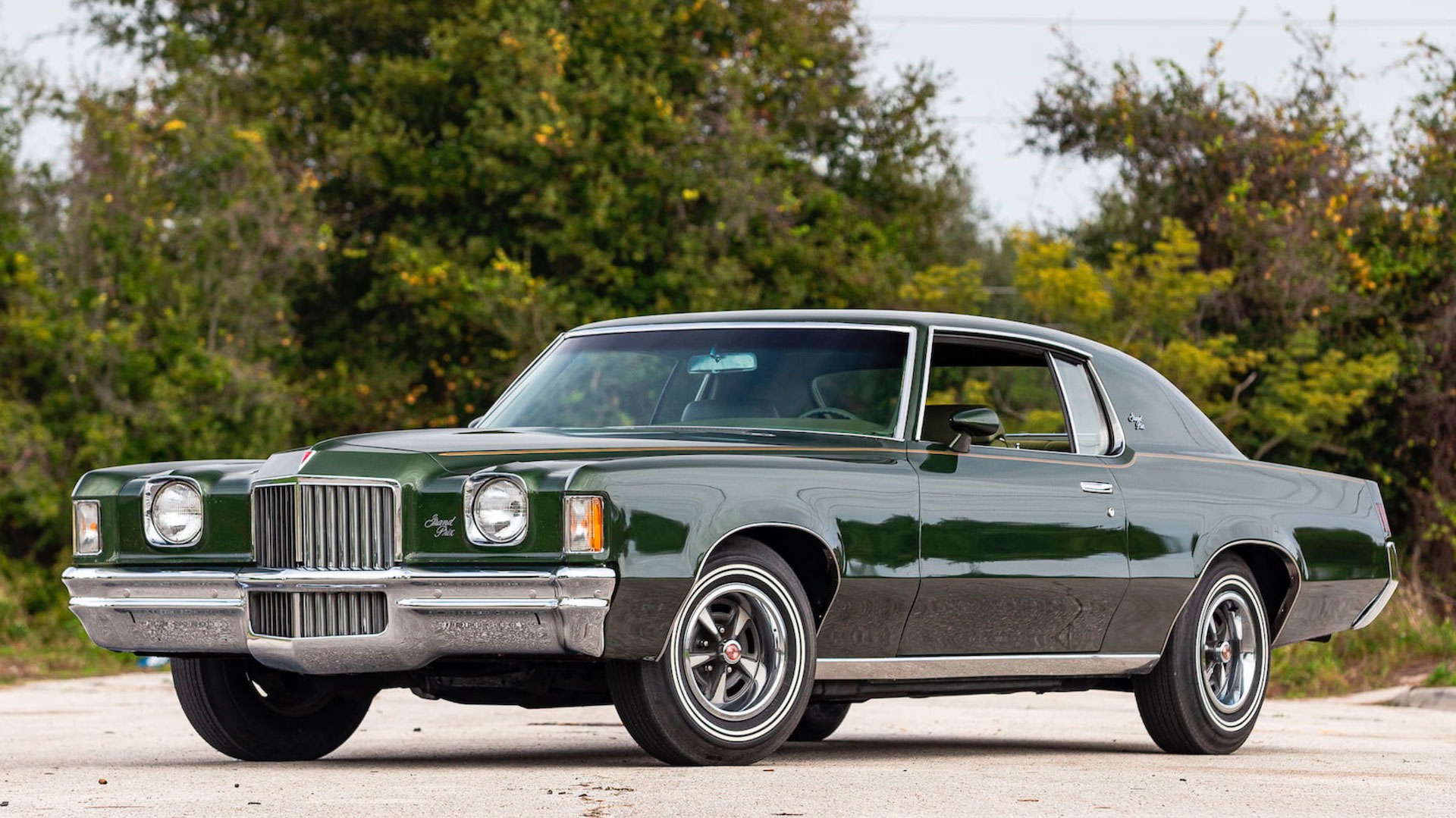“We all know we’re polluting the atmosphere,” Alex Mair, chief engineer of Chevrolet told the New York Times. “But I think we’ve caught it in time, we can turn this around.”
Mair wasn’t talking this month about GM’s electric vehicles program as the world’s leaders met at COP26 to tackle climate change. He died in 2012. That quote is from a 1970 story about GM’s decision to modify its 1971 cars to run on low-lead and unleaded gasoline.
The NYT speculated that other automakers would follow GM’s move (I was going to say lead, but that might get confusing), and that’s exactly what happened. Though car fans didn’t know it at the time, V8 muscle had peaked in 1970. Across the board, Detroit reduced the compression ratios of almost all its 1971 cars to suit the lower octane content of unleaded fuel. And that meant performance suffered.
Related: For First Time Since 1923, No Driver On Earth Can Legally Buy Leaded Fuel
Regular cars with inline sixes and small V8s didn’t really lose out much because they often already had fairly low compression ratios allowing them to run on cheap gas. But some, though not all, of the hotter engines took a hammering. Let’s take a look at exactly how many horses they lost in the pursuit of clean air. To make worthwhile comparisons we’re focusing mainly on engines that were available across both years, rather than replacement engines that were drafted in to fix the hp deficit.
AMC Javelin – Lost 5 hp
American Motors’ Mustang rival gained voluptuous new sheetmetal for 1971, but it lost some muscle in the process. The new 304 cu-in. (5.0-liter) V8’s 210 hp output was 15 hp less than the previous year’s 290-cube equivalent, and the AMX’s carryover 360 cu-in (5.9-liter) V8 dropped 5 hp to 285 hp.
And despite the appearance of a massive new 401 cu-in. engine option that put out 330 hp despite its unleaded-friendly 9.0:1 compression, the top-performing 390-cube Ram Air motor from the year before still outperformed it by 10 hp.
Buick GS 455 – Lost 35 hp
Buick’s torque-monster GS 455 retained its 7.5-liter V8, including the high-performance Stage 1 option, but both had their claws clipped for ’71. The base 455’s compression fell from 10.0:1 to 8.5:1, taking horsepower from 350 to 315, while the Stage 1’s squish dropped to a lowly 8.0:1, resulting in power falling from 360 hp to 345 hp.
Cadillac Eldorado – Lost 35 hp
Deciding that a mere 472 cu-inches (7.7-liters) simply wasn’t enough, Caddy stroked its teeny tiny V8 to a massive 500 cu-in. (8.2 liters) and introduced the result as an upgrade option on the 1970 Eldorado. It was rated at 400 hp and a truck-like 550 lb-ft that year, but the compression ratio fell one and a half points to 8.5:1 for 1971, pegging output back to 365 hp.
Chevrolet Camaro Z/28 – Lost 30 hp
Related: 21 U.S. States Urge EPA To Set Tougher Fuel Economy Standards
The ’67-’69 Z/28s had used a short-stroke 302 cu-in. (5.0-liter) V8 designed to comply with Trans Am racing rules, but for 1970 Chevy’s street Z/28 borrowed the hot LT1 350 from the Corvette. Fitted with solid lifters, big valves, a lumpy cam and aluminum pistons that gave a 11.0:1 compression ratio it made 360 hp (10 hp less than the Corvette). But the compression fell to 9.0:1 for 1971, taking power down to 330 hp.
Chevrolet Chevelle SS 454 – Gained 5 hp
The 1970 Chevelle SS 454 with the optional LS6 engine and sky-high 11.25:1 pistons was rated at 450 hp, the most of any car from muscle’s golden period. But it was nowhere to be seen in ’71. It’s milder LS5 little brother did return though, and despite compression falling from 10.25:1 to 8.5:1, Chevy claimed it now made 365 hp, up 5 on 1970.
But that was a smokescreen: the fact that it developed that power 600 rpm earlier and made 35 lb-ft less torque revealed the Chevelle Super Sport’s new character. And if that didn’t, the availability of a 245-hp small block with a pathetic single exhaust rammed the message home.
Dodge Challenger – Lost 35 hp
Compared with GM, Chrysler hung on to more of its horsepower when 1970 rolled over into 1971. True, the 383 cu-in. (6.3-liter) V8 that was the base engine in many Dodge and Plymouth cars like this Challenger was now rated at 300 hp, down from 335 hp, but the Six-Pack, triple-carb 440 fell only 5 hp to 385 hp, and the mighty 426 Hemi retained its 425 hp output for its final season.
Ford Mustang – Lost 10 hp
Seventy-one was a mixed bag for the Mustang, and not just because the new styling didn’t tickle everyone’s fancy, particularly when it came to the coupe. The base 250 cu-in. (4.1-liter) six parted with 10 hp it could hardly afford to lose, dragging peak power to 145 hp, and the mid-spec 351 cu-in. (5.8-liter) V8’s output also fell 10 hp to 240 hp.
One Ford that bucked the trend was the new-for-’71 Boss 351 Mustang, which flipped the bird to low-lead gas with an insane 11.7:1 compression ratio and a healthy 330 hp output. And a new 429 cu-in. (7.0-liter) replaced the previous year’s 428 and made 375 hp, a gain of 40 hp, in top-spec Super Cobra Jet trim.
Oldsmobile 4-4-2 – Lost 25 hp
Olds’ big hitter in the muscle car wars was the 4-4-2, which scored a horsepower PB in 1970 thanks to a new 455 cu-in (7.5-liter) V8 that made 365 hp in base trim and was rated at 370 hp when equipped with racier W30 hop-up kit. But those numbers dropped to 340 hp and 350 hp respectively for 1971.
Pontiac Grand Prix – Lost 50 hp
The base engine in the GTO and Grand Prix was a 400 cu-in. (6.6-liter) V8 in both 1970 and 1971, but output was down by fully 50 hp to 300 hp for the second of those years, making them this list’s biggest losers.
It’s worth saying that horsepower numbers from muscle’s first age shouldn’t be taken as gospel, particular those before Detroit switched to more realistic net-hp ratings for 1972, which we’ll come back to in another feature. Some were overrated to look good in adverts, and some, like the 1969 Camaro ZL1, massively underrated for insurance reasons, but it’s clear that most lost power as they made moves to get ready for friendlier low-lead and no-lead gas.
We just wonder whether Alex Mair, who we heard from at the beginning of this post, would have imagined we’d still be fighting to save the planet 50 years on from his NYT interview.




